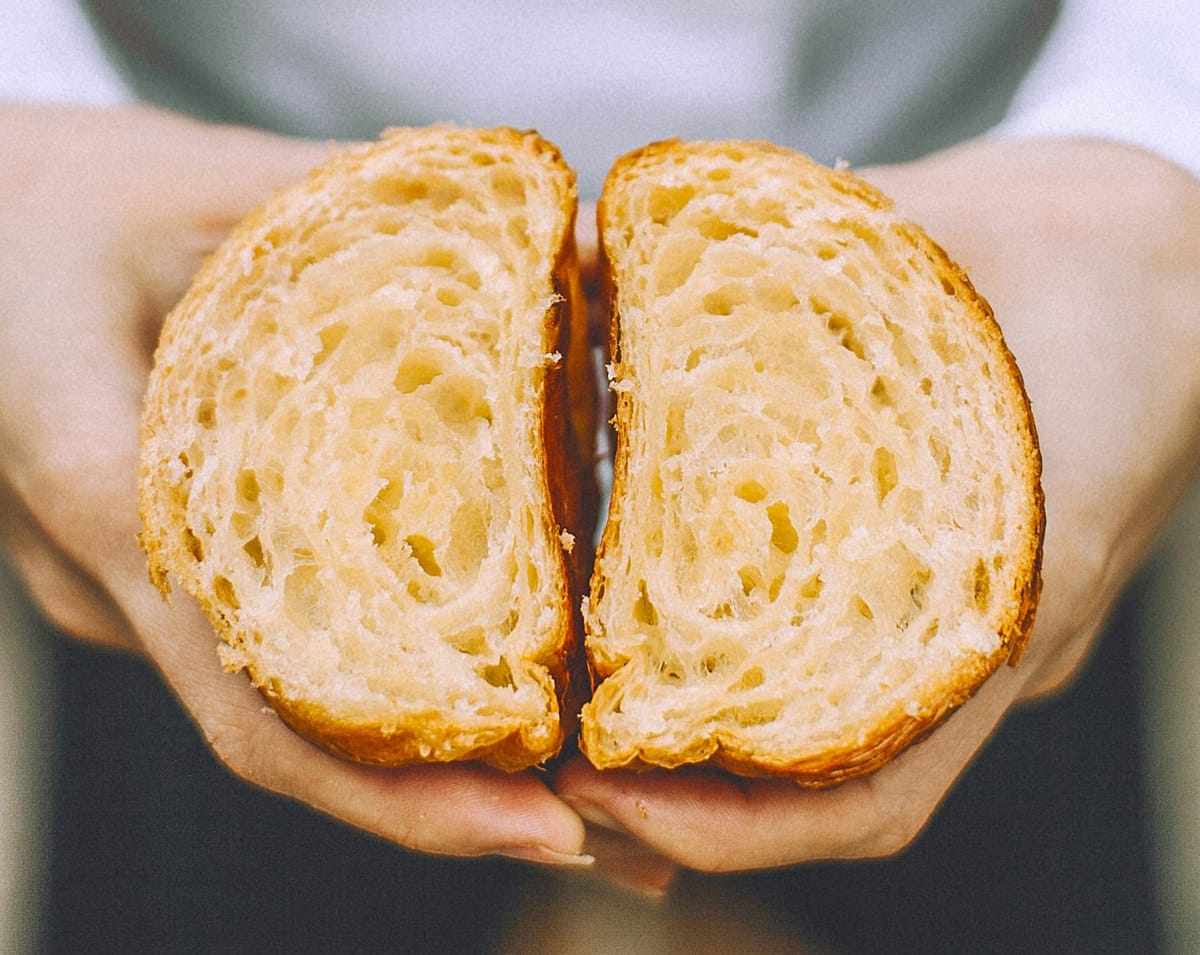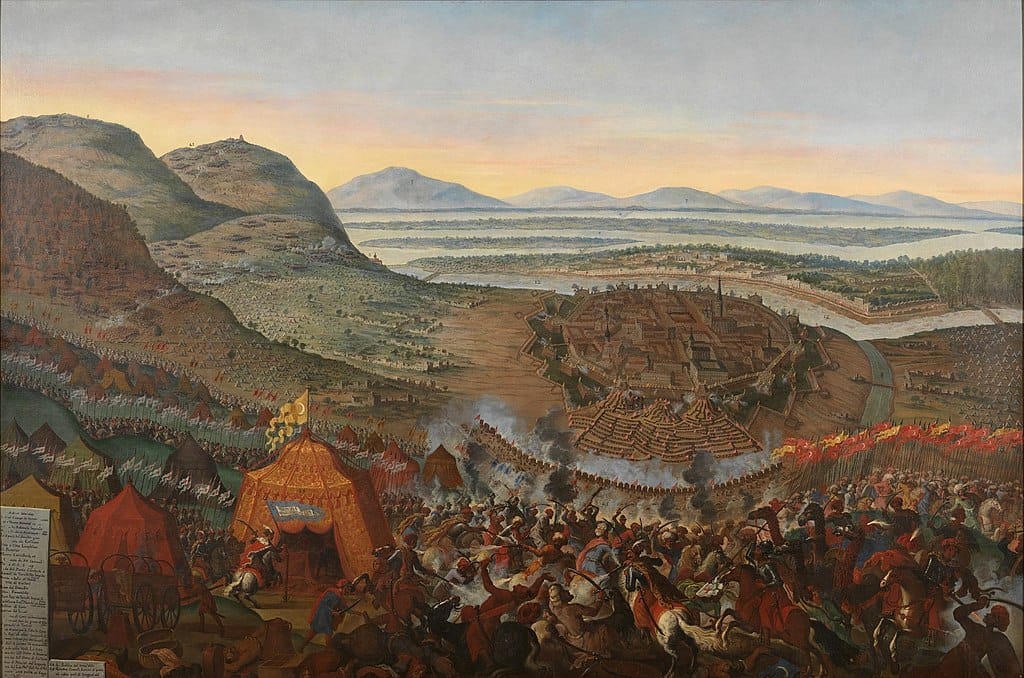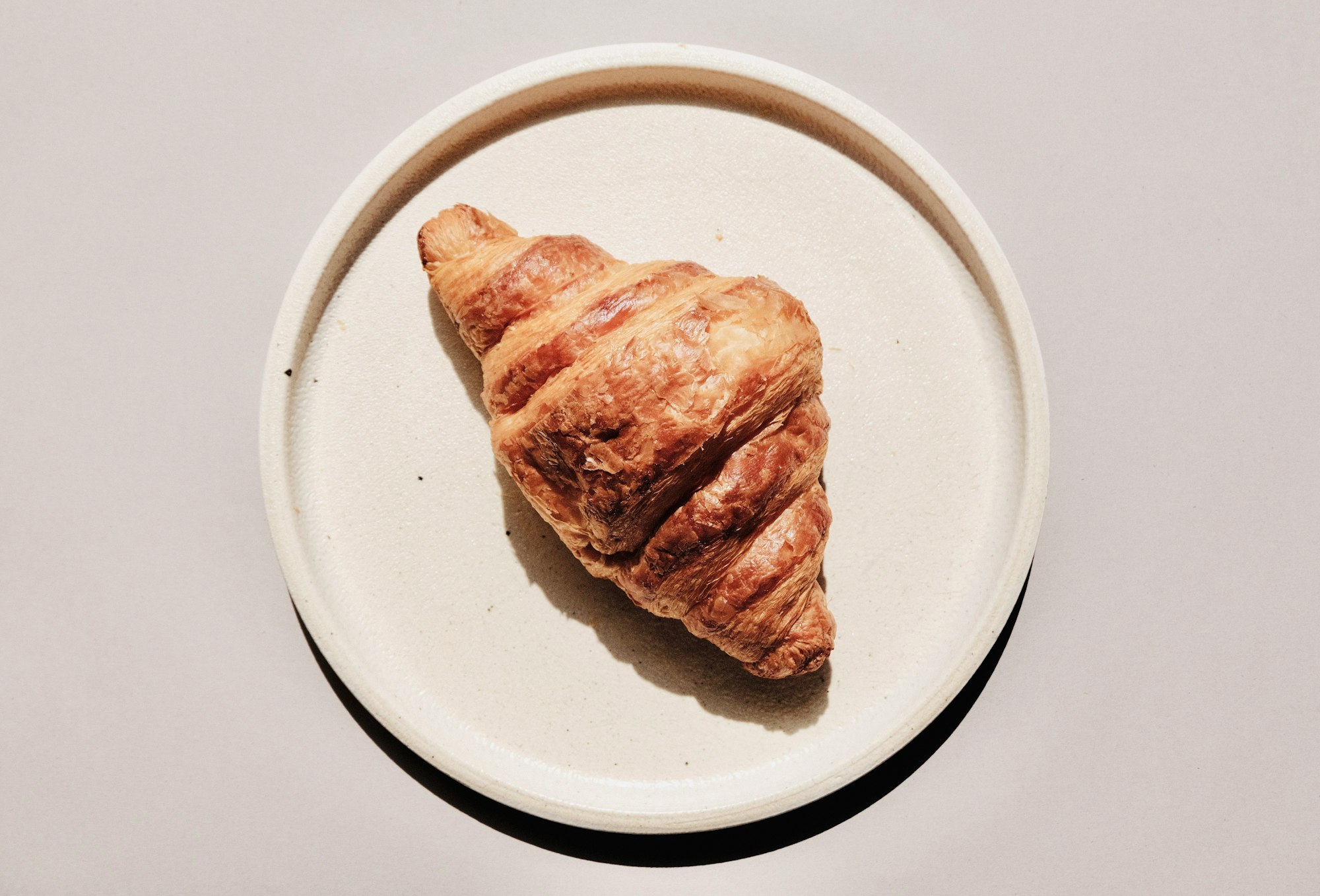The confusing origins of the croissant

Anyone travelling to France for the first time will probably have the croissant at the top of their list of foods to try. It is easy to see why, as this delicate, flaky and buttery breakfast item is one of the most famous and delicious things the country has to offer. However, the story of its creation is an interesting one, straddling the line between legend and truth, incorporating empires, sieges, princesses and bakers. And trying to determine what is real from what is myth shows us why food history is such a delicate topic to write about.
Our story begins in the late 17th century in Vienna, the capital of one of the longest-reigning entities in European history: the Holy Roman Empire. Founded in the mid 10th century by Otto The Great, it had grown into one of the most powerful entities on the continent. But another rapidly growing force was about to challenge them: the Ottoman Empire. Based in modern-day Turkey, it was at the peak of its power, setting its sights on Western Europe for expansion. The capital of the Holy Roman Empire was to be next on a long list of conquered cities. And so, the battle of Vienna began on the 14th of July 1683.

The siege lasted for about 2 months, but in a cunning move to try and enter the city, the Ottomans began to dig underneath the city walls, at a rather late hour in order not to be seen. Now you might be wondering what all this has to do with baking, but the Ottomans would soon find out.
Legend has it that the bakers, who were working late into the night in the basements of their bakeries, heard distant commotions underground. They sensed something was wrong and alerted the city guard who figured out what the Ottomans were up to, repelled the attempt to break through the walls and saved the city. The bakers in question, who were instrumental to this victory, could have taken this opportunity to take all of the glory, but they instead asked only if they could create a food item to celebrate the victory: the kipfel, a brioche-like pastry shaped like a crescent. The shape was a reference to the crescent moons present on the Ottoman flag at the time.
The kipfel then grew in popularity all over Vienna over the 17th and 18th centuries, including none other than Marie-Antoinette, the daughter of the Holy Roman Emperor Francis I. She loved these pastries so much that when she married the future Louis XVI in 1770 and moved to France, she insisted on being accompanied by Austrian bakers so that she could continue enjoying her favourite food. Croissant being just the French word for crescent, the true origin of this beloved pastry would not be forgotten. It was even immortalised in the Larousse Gastronomique in 1938, where the baker's heroic deeds were finally immortalised.

Except there was a key difference in this version of the story. The account of the siege took place not in Vienna, but in Buda (modern-day Budapest) in 1686. This is where the story begins to unravel.
Firstly, in 1686, Buda was actually being besieged by the Holy League (a coalition of the Holy Roman Empire, Russian Empire and Polish Empire), who were trying to take it back from the Ottomans. Therefore the story of bakers saving the city from the Turks makes little to no sense. This already gives us a clue that the story of the bakers is based on very loose historical evidence.
Secondly, the first written form we have of this Austrian kipfel dates back to before the Ottoman Empire was even created. It is first mentioned in a poem in 1227, describing it as a Christmas gift to Duke Leopold. Even though the name kipfel is nowhere to be found in this recipe, it is easy to see the resemblance to what the Larousse was describing.
Even the story of how Marie-Antoinette brought it to France is based on no historical evidence.
This then begs the question: when was the kipfel created? And how did it evolve into the croissant?
Enter August Zang, the most important character of this story. He was an Austrian entrepreneur who opened a bakery sometime in 1837. He called it Boulangerie Viennoise and began selling all of the pastries that were popular in his home country, including kipfels. It is an instant hit and begins being called a croissant by the Parisians, the term even entering the dictionary in 1863, but is still made like a brioche at this point in time. August Zang also introduced the steam deck ovens to the French capital, which may be his most important contribution to French baking, as it leads to a better oven spring when baking bread.
The final evolution the croissant underwent was the advent of puff pastry. Increasingly popular in 19th century Paris, the first person to write down a modern recipe for the croissant was Auguste Colombié in 1906 in his book, Nouvelle Encyclopédie Culinaire. The puff pastry is combined with yeast to create a leavened dough enriched with butter and sugar, where it was now on course to become the most popular breakfast in the country.
Because of the importance of the Viennese influence in many of these pastries made with enriched doughs, the term viennoiserie is still used in France today, and encompasses everything from croissants to pain au raisins, pain viennois to chaussons aux pommes...
Its largest surge in popularity came with the rise of industrialised viennoiseries, where the sweet breakfast, mainly consumed by the nobility before the 20th century, was distributed to the masses. It is also here that one of the most saddening events occurred: the addition of margarine. From the 1970s this rapidly growing substitute for butter was seen as a healthier alternative to the fat-laden butter. Of course, with hindsight, we now know that trans fats are far more dangerous than anything contained in butter.
To try and combat this fake version of their product, bakers began baking theirs straight, not curved. This was not an obligation but remained an easy way to make sure you were getting one made with butter. Of course, the industrial producers quickly caught on and began making theirs straight too, so this quality control technique faded.
Nowadays, to make sure you are getting one with butter, simply order a croissant au beurre (butter croissant). Even better, if you notice the acronym AOP after the name, then they are probably using a high-quality butter from Poitou-Charentes. AOP simply means Appellation d'Origine Protégée, meaning the butter can only be made in a certain way in a certain place (exactly like Champagne). In this case, butter from the Poitou-Charentes region of France (around the city of Poitiers) is preferred for the making of croissants, because of the fruitier taste that it has, and because it does not melt as fast as others, making it easier to work with when laminating it into the dough.

As you can see, even though the croissant has a history spanning many centuries and countries, the modern French form is the most famous one today and is a wonderful expression of everything that French pastries represent: delicate, stunning and full of butter.
I'll leave you with one of my favourite quotes on this beloved French pastry:
I remember a street in Paris where there were 3 competing bakers. The first wrote on his window "Best croissant of France", the second "Best croissant in Europe" and the last "Best croissant in the world". A friend of mine opened a bakery in the same street. He beat them against all odds. On his window, he wrote "Best croissant in the street".
Jean Yanne, On n'arrête pas la connerie, 2014.
